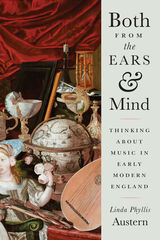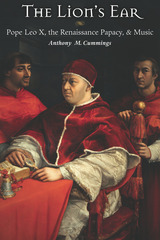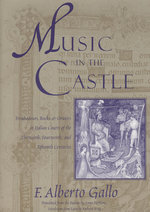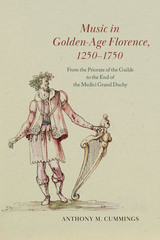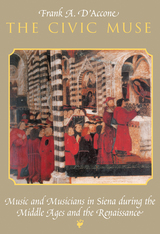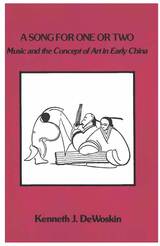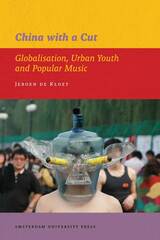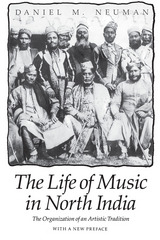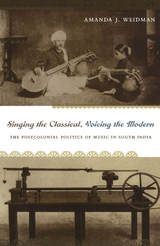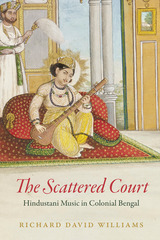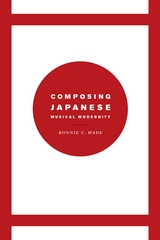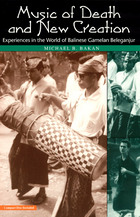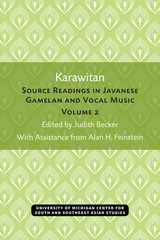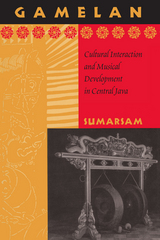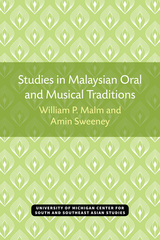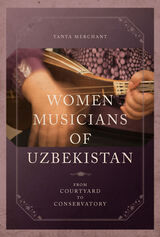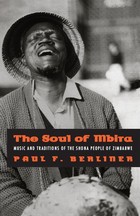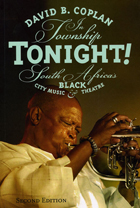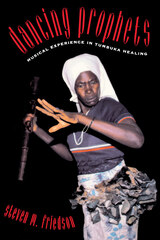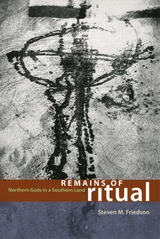Imaging Sound: An Ethnomusicological Study of Music, Art, and Culture in Mughal India
University of Chicago Press, 1998
Cloth: 978-0-226-86840-0 | Paper: 978-0-226-86841-7
Library of Congress Classification ML338.W318 1998
Dewey Decimal Classification 700.9540903
Cloth: 978-0-226-86840-0 | Paper: 978-0-226-86841-7
Library of Congress Classification ML338.W318 1998
Dewey Decimal Classification 700.9540903
ABOUT THIS BOOK | AUTHOR BIOGRAPHY | TOC
ABOUT THIS BOOK
The rulers of the Mughal Empire of India, who reigned from 1526 to 1858, spared no expense as patrons of the arts. They left as their legacy an extraordinarily rich body of commissioned artistic projects, including illustrated manuscripts and paintings that represent music-making in numerous spheres of Mughal court life, particularly that of women. These images form the basis of Bonnie C. Wade's study of how musicians of Hindustan encountered and Indianized music from the Persian cultural sphere.
Combining ethnomusicological and art historical methods with history and lore, Wade focuses first on paintings for Akbar, showing how political and cultural agendas intertwined in the portrayal of his life and that of his grandfather Babur and father, Humayun. Wade then follows the depictions of music-making through paintings for Akbar's successors, Jahangir and Shah Jahan, to trace the gradual synthesis of Persian and Indian culture. Richly illustrated with reproductions of rare Mughal paintings, this work will appeal broadly to anyone interested in Indian history, ethnomusicology, and art history.
Combining ethnomusicological and art historical methods with history and lore, Wade focuses first on paintings for Akbar, showing how political and cultural agendas intertwined in the portrayal of his life and that of his grandfather Babur and father, Humayun. Wade then follows the depictions of music-making through paintings for Akbar's successors, Jahangir and Shah Jahan, to trace the gradual synthesis of Persian and Indian culture. Richly illustrated with reproductions of rare Mughal paintings, this work will appeal broadly to anyone interested in Indian history, ethnomusicology, and art history.
See other books on: Ethnomusicology | Mogul Empire | Mughal India | Music in art | Wade, Bonnie C.
See other titles from University of Chicago Press


